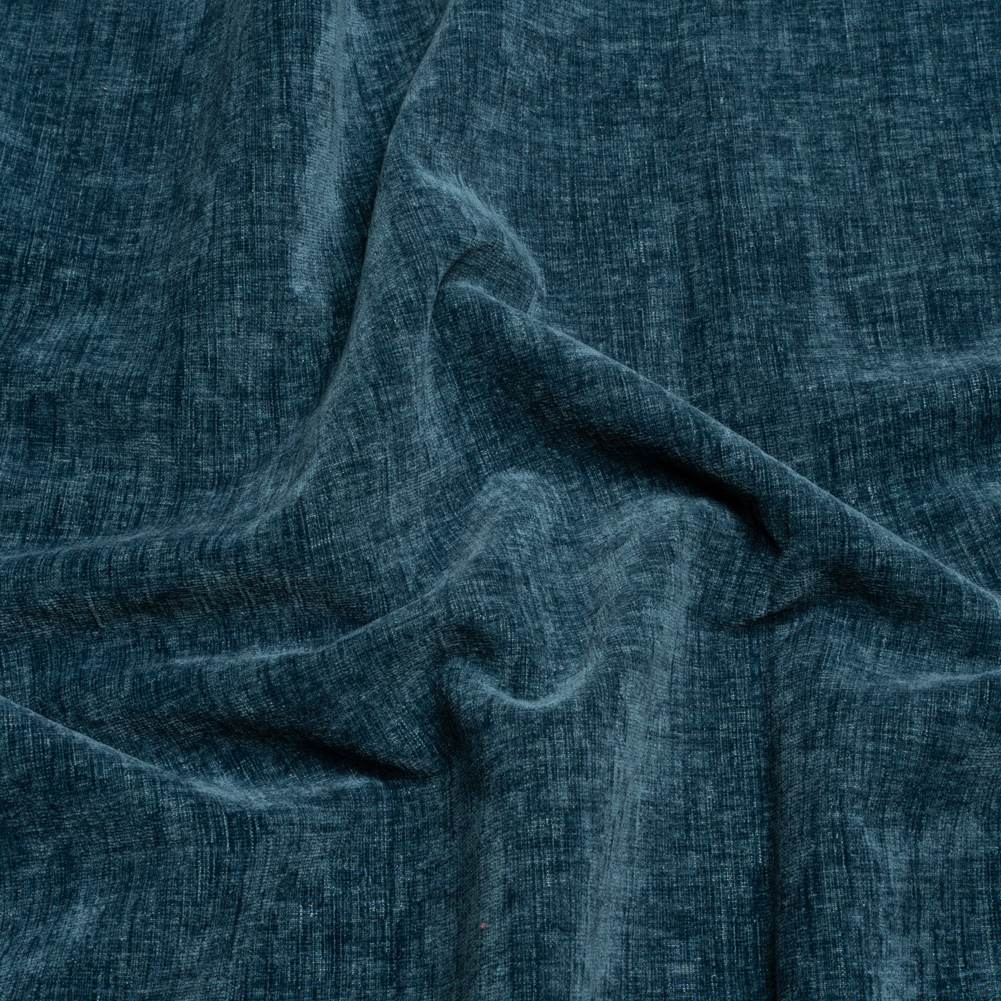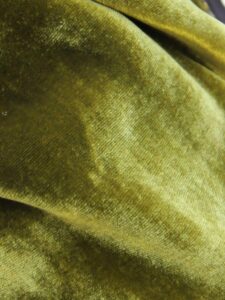Is Microfiber Compatible with Chenille for Sewing?
Introduction
Fabric compatibility is crucial in sewing and fashion design, ensuring that materials work harmoniously in both appearance and functionality. Microfiber and chenille, two distinct fabrics, bring unique qualities to any project. This article explores whether these fabrics can be successfully combined, offering insights into their compatibility and practical sewing tips.
Compatibility Analysis
Yes, microfiber and chenille can be compatible for sewing projects, but it requires careful consideration of their properties. Microfiber is a synthetic fabric known for its softness and durability, while chenille is a textured, plush fabric often made from cotton or a blend of fibers. Both fabrics can complement each other in terms of texture and visual appeal, but differences in weight, stretch, and care requirements must be managed. Microfiber’s smoothness pairs well with chenille’s plush texture, offering a balance that enhances the tactile experience of a garment or home decor item. However, their differing weights and care instructions necessitate thoughtful planning and execution.
Fabric Properties Comparison Table
| Property | Microfiber | Chenille |
|---|---|---|
| Fiber Content | Synthetic (polyester/nylon) | Natural/synthetic blend |
| Weight and Thickness | Lightweight | Medium to heavy |
| Breathability | Moderate | Moderate |
| Moisture-wicking | High | Low |
| Stretch and Elasticity | Limited | Moderate |
| Wrinkle Resistance | High | Moderate |
| Care Instructions | Machine wash cold, low iron | Hand wash or gentle cycle |
| Durability | High | Moderate |
Benefits of Mixing These Fabrics
Combining microfiber and chenille can enhance the texture and visual interest of a project. The smoothness of microfiber adds a sleek contrast to chenille’s plush surface, creating a dynamic look. This pairing can improve comfort, as microfiber offers moisture-wicking properties, while chenille provides warmth and coziness. The combination can also lead to better drape and movement, making it suitable for both fashion and home decor. Additionally, the cost-effectiveness of microfiber can offset the higher price of chenille, making projects more budget-friendly. With seasonal versatility, this blend can be adapted for various climates and design possibilities, from elegant apparel to luxurious upholstery.
Potential Challenges
While these fabrics can complement each other, challenges exist. Microfiber and chenille may have different shrinkage rates, leading to fit issues. Their care requirements can conflict, as chenille often requires more delicate handling. Texture clashes, such as pilling, may occur if not properly managed. Seam puckering is another risk due to the differing fabric weights. Color bleeding or fading may also be a concern, particularly with vibrant chenille. To mitigate these issues, pre-wash fabrics separately, use appropriate interfacing, and choose compatible thread and needle sizes.
Sewing & Styling Tips
When sewing microfiber and chenille together, use a sharp needle (size 80/12) and polyester thread for strength. Consider using a walking foot to manage fabric layers and prevent slipping. Interfacing may be necessary for stability, especially in areas requiring structure. Finish seams with a serger or zigzag stitch to prevent fraying. Choose patterns that accommodate the weight and drape of both fabrics, such as loose-fitting jackets or decorative pillows. Styling ideas include pairing a microfiber blouse with a chenille skirt or using both fabrics in a patchwork throw for added texture.
Care & Maintenance Guide
To care for microfiber and chenille blends, wash on a gentle cycle with cold water and a mild detergent. Avoid high heat when drying; instead, air dry or use a low tumble setting. Iron microfiber on a low setting and steam chenille as needed to avoid crushing its texture. For stain removal, treat microfiber with a gentle cleaner, while chenille may require spot cleaning. Regularly vacuum or brush chenille upholstery to maintain its appearance and prevent dust accumulation.
FAQ Section
-
Can you wash microfiber and chenille together?
Yes, but use a gentle cycle with cold water to prevent damage. -
Will microfiber shrink more than chenille?
Microfiber typically has minimal shrinkage, while chenille may shrink more, so pre-washing is advised. -
What needle size should I use for sewing these fabrics together?
A size 80/12 sharp needle is recommended for both fabrics. -
Can you mix microfiber and chenille in one garment?
Absolutely, as long as you account for their different weights and textures. -
How do you prevent pilling when combining these fabrics?
Use a lower agitation wash cycle and avoid excessive friction during wear. -
Is it okay to mix microfiber and chenille for upholstery?
Yes, this combination can add texture and durability to furniture pieces. -
What’s the best way to finish seams with these fabrics?
Use a serger or zigzag stitch to prevent fraying and ensure longevity.
By understanding the properties and care requirements of microfiber and chenille, you can successfully blend these fabrics in your sewing projects, creating unique and stylish results for both fashion and home decor.



Leave a Reply